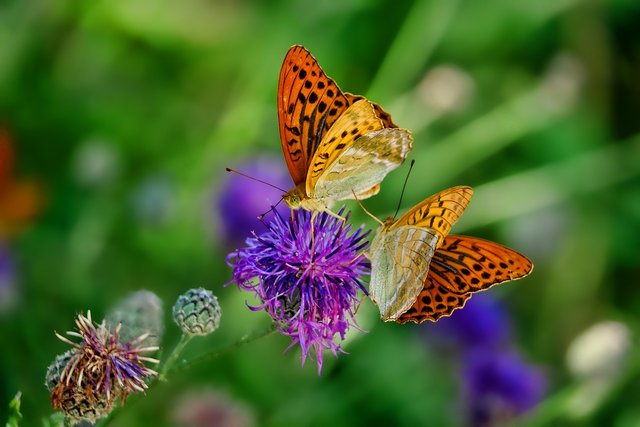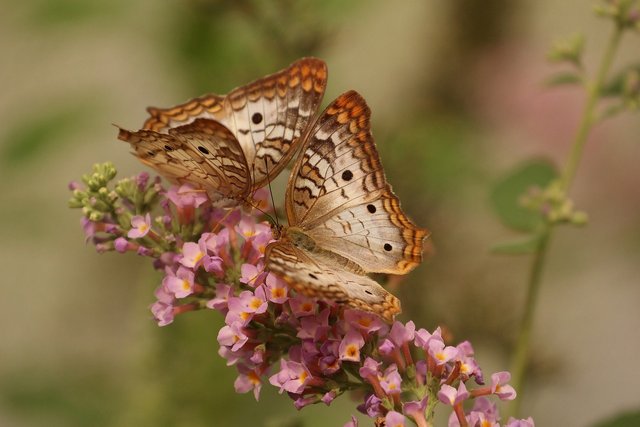Do you know how butterflies reproduce?

Butterflies are insects that experience extraordinary transformations in their life cycle, from egg to adult. The butterfly breeding process begins with mating and continues through a series of amazing stages.
1. Early Life: Egg
The life cycle of a butterfly begins when the female lays eggs on a leaf or plant that is suitable as a food site for later larvae. Butterfly eggs are small, generally laid in groups or neatly arranged.
2. Larval Stage: Caterpillar
After a few days, the eggs hatch into larvae or caterpillars. This stage is an active growth stage where the larvae eat continuously to get the necessary nutrients. The body is divided into several segments with a head and legs. The larvae will go through a series of skin changes (molting) as they grow, because the old skin cannot keep up with their growth.
3. Pupal Stage: Cocoon
After reaching maximum size, the larva undergoes a drastic transformation into the pupa stage. The larvae build a hard shell called a cocoon or chrysalid. Inside the cocoon, the larva's body changes radically. New organs and structures are formed that will form the adult parts of the butterfly.

4. Adult: Butterfly
After a certain period of time, the metamorphosis inside the cocoon is complete, and the adult butterfly emerges from its hard shell. This adult stage is known as imago. At first, the newly formed butterfly wings are soft and flabby, but with time they harden and allow the butterfly to fly and search for food, as well as a partner to mate with.
5. Adult Life: Back to the Cycle
The main goal of adult butterflies is to reproduce and ensure the survival of their species. The mating process occurs, and the female lays eggs in a suitable place for the survival of the next generation. This life cycle then repeats itself from the beginning with new eggs.
Ecology and the Role of Butterflies in the Ecosystem
Butterflies have an important role in the ecosystem as pollinators. While foraging for nectar from flowers, they help in the pollination process necessary for plant reproduction. Their presence is also an indicator of environmental health, because changes in habitat and air quality can affect their population and existence.
Overall, the butterfly life cycle is an amazing example of metamorphosis in nature. From eggs to beautiful and important insects for the ecosystem, this process shows how complex life in all its forms is.
Upvoted. Thank You for sending some of your rewards to @null. It will make Steem stronger.